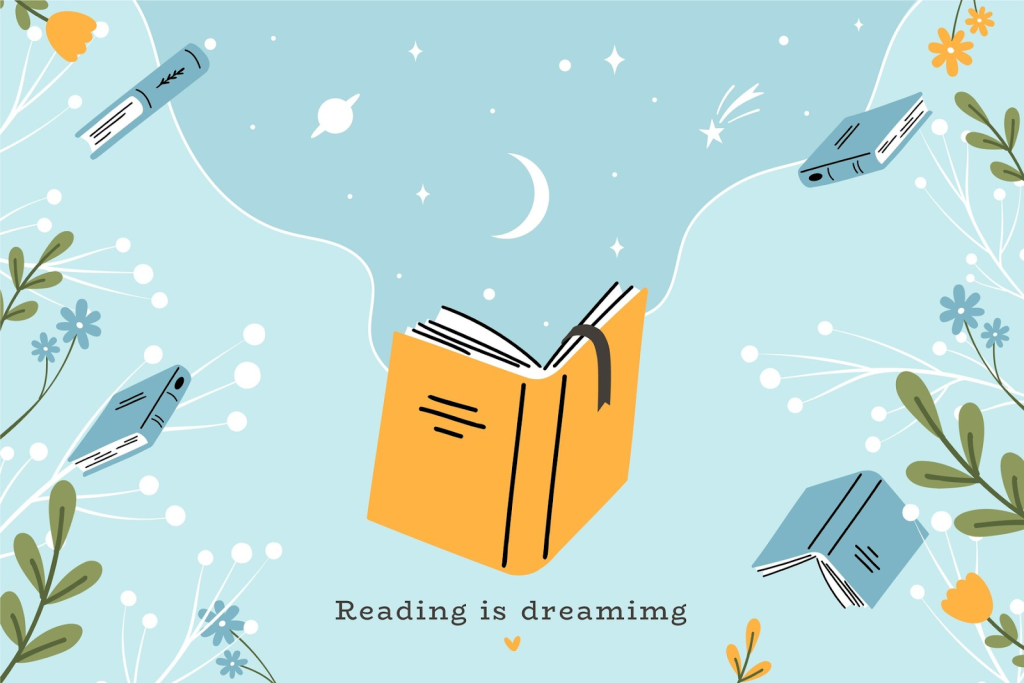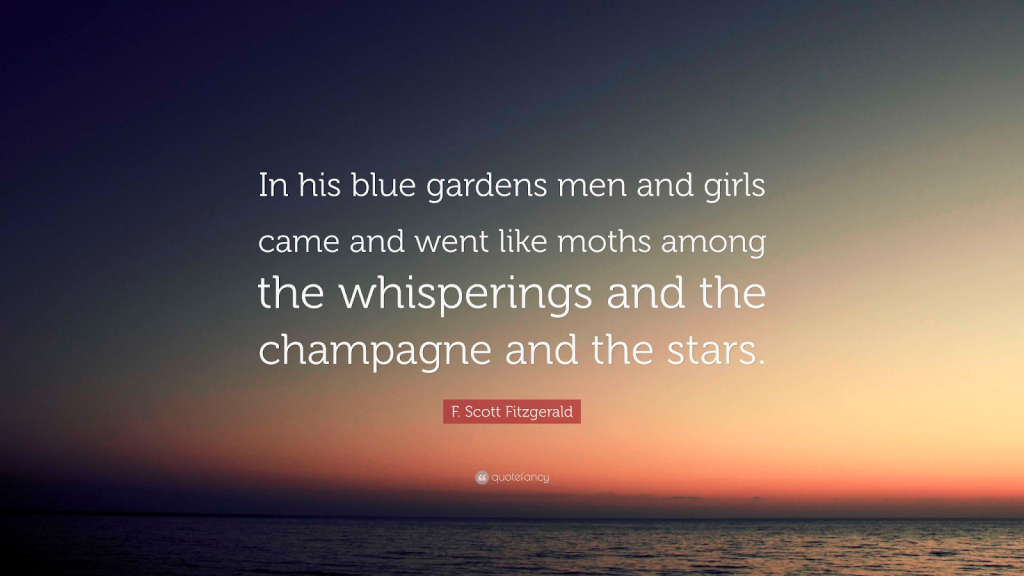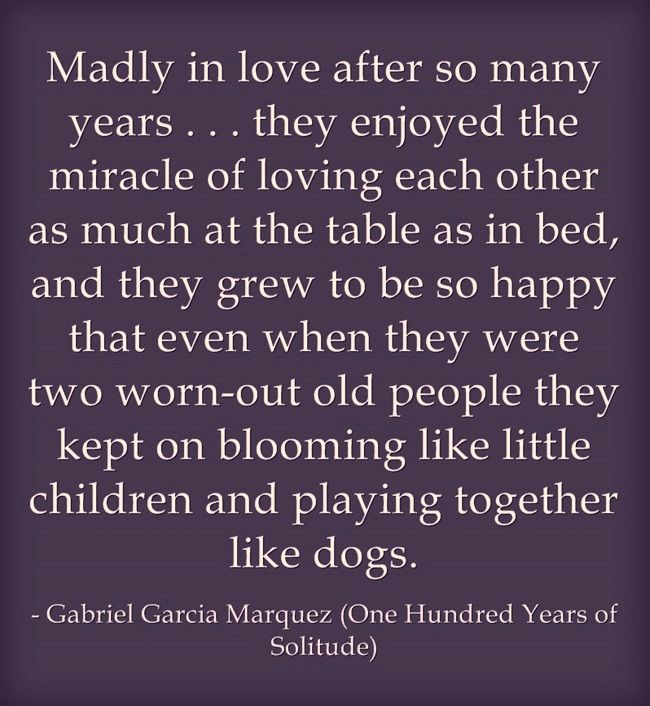What are top examples Of Mood In Literature? Have you ever wondered how great authors manage to make you feel a rollercoaster of emotions while reading their work? Welcome to the fascinating world of mood in literature!
In this blog post, we’ll embark on a journey of well-known examples of mood in literature and unravel the secrets behind creating mood. Whether you’re a seasoned writer or just starting your literary adventure, join us as we explore the art of evoking feelings through simple yet powerful writing techniques.
Table of Contents

Definition Of Mood In Literature
In literature, “mood” refers to the emotional atmosphere, feeling, or tone that a writer creates within a literary work. Think of it like the emotional soundtrack of a book. Just like a movie’s score can make you feel suspenseful, scared, or joyful, the mood in a book can create a similar range of emotions.
- The mood is distinct from the plot and characters, as it focuses on the emotional response elicited in the reader.
- The mood can shift throughout a literary work, influencing the reader’s emotional engagement and shaping their overall experience.
Related:
Why Mood Is Important In Literature?
Here are several reasons why mood holds such importance in literature:
- Enhance reader engagement: A carefully crafted mood can draw readers into the story, giving them the feeling of experiencing events alongside the characters. This emotional connection encourages continued reading and engagement with the story.
- Deepens understanding of characters: Through establishing a specific mood, the author can convey the character’s emotional state. For example, a melancholic atmosphere might hint at a character’s internal struggles, while a lively tone might reflect their optimism.
- Foreshadows plot developments: Changes in mood can serve as signs of upcoming events. A sudden change from a cheerful atmosphere to one of foreboding can signal impending danger, while a gradual increase in tension can prepare the reader for a crucial turning point.
- Strengthens thematic resonance: The overall mood of a literary work is closely tied to its thematic message. A gloomy mood can highlight the harsh realities of life, while an optimistic atmosphere can emphasize the triumph of the human spirit.
- Fosters an artistic experience: Similar to visual arts or music, literature offers an aesthetic encounter that goes beyond the literal meaning of words. Mood plays a key component in shaping this experience, influencing the overall emotions and leaving a lasting impact on the reader.
Examples Of Mood In Literature
Here are 10 famous examples of mood in literature:
Edgar Allan Poe’s “The Tell-Tale Heart”
- Mood: Suspenseful – Examples Of Mood In Literature
- Poe uses a dark and intense atmosphere to create suspense as the storyteller reveals their guilt and paranoia after committing murder.
F. Scott Fitzgerald’s “The Great Gatsby”
- Mood: Nostalgic and melancholic
- The novel’s mood reflects the disillusionment of the Jazz Age, portraying the characters’ longing for the past and the unattainable American Dream.

Charlotte Brontë’s “Jane Eyre”
- Mood: Gothic and mysterious – Examples Of Mood In Literature
- The gloomy settings, mysterious occurrences, and the haunting presence of Mr. Rochester’s mansion contribute to a dark and suspenseful mood.
Gabriel Garcia Marquez’s “One Hundred Years of Solitude”
- Mood: Magical and surreal
- Marquez creates a dreamlike atmosphere with magical realism, blurring the lines between reality and fantasy in the fictional town of Macondo.

George Orwell’s “1984”
- Mood: Oppressive and dystopian – Examples Of Mood In Literature
- The mood reflects the oppressive government control and the bleak, hopeless world in which the protagonist Winston Smith lives.
William Faulkner’s “The Sound and the Fury”
- Mood: Chaotic and fragmented
- Faulkner’s use of stream-of-consciousness and fragmented narrative contributes to a disorienting and emotionally intense mood.
J.K. Rowling’s “Harry Potter and the Prisoner of Azkaban”
- Mood: Mysterious and ominous
- Rowling creates a sense of foreboding and mystery with the appearance of the Dementors and the secrets revealed surrounding Harry’s past.
Ray Bradbury’s “Fahrenheit 451”
- Mood: Dystopian and oppressive – Examples Of Mood In Literature
- The mood reflects a society where intellectual freedom is suppressed, and books are banned, creating a sense of unease and rebellion
Harper Lee’s “To Kill a Mockingbird”
- Mood: Reflective and nostalgic
- Scout’s retrospective narration creates a mood of reflection and nostalgia, looking back on her childhood and the societal issues of racism in the 1930s.

Herman Melville’s “Moby-Dick”
- Mood: Epic and Symbolic – Examples Of Mood In Literature
- Melville’s use of symbolic language and images of the vastness of the sea contribute to creating a monumental mood, reflecting the grand scale of Captain Ahab’s search for the white whale.
These are just a few examples, and the possibilities for creating mood in literature are endless. By understanding how authors use literary devices and techniques to evoke specific emotions, we can deepen our appreciation for the power and artistry of storytelling.
How To Create Mood In Literature
Creating mood in literature involves various techniques that writers can use to evoke a particular emotional atmosphere without leaning toward extreme positivity or negativity. Here’s how you can achieve this:
- Word Choice: Carefully select words that convey the desired emotion without leaning too heavily toward positivity or negativity.
- Imagery: Paint a vivid picture using descriptive details that set the scene without automatically imbuing it with a specific mood. Example: Instead of focusing on “haunting shadows,” describe the play of light and darkness in the environment.
- Setting Description: Provide details about the setting that contribute to the overall atmosphere without overtly guiding the reader toward a particular emotional response.
- Screenwriting Character Introduction: Introduce characters in a way that provides insight without resorting to hyperbolic characterizations.
- Character Actions: Illustrate characters’ behaviors and actions without explicitly stating their emotions, allowing readers to interpret the mood based on context.
- Dialogue: Use dialogue to reveal characters’ perspectives and interactions, letting readers infer the mood rather than explicitly stating it. Example: Instead of saying “She said with a sad tone,” describe her words and let readers feel the emotion through context.
- Symbolism: Incorporate symbols or metaphors that can be interpreted in various ways, allowing readers to derive their own emotional connections.
Conclusion
Exploring examples of mood in literature reveals the powerful role it plays in shaping the emotional landscape of a story. By understanding and appreciating these examples, we can enhance our storytelling skills, creating narratives that resonate with readers on a deeper, emotional level.
Ref: Smart Blogger | TCK Publishing


